According to Archaeologists,This Is Where Jesus Held the Last Supper
Archaeologists are on a mission to uncover more about The Last Supper, channeling efforts to find the exact location of the event in Jerusalem.
This quest has led them to the “Upper Room” or Cenacle, a two-story house with a red, sloped roof and limestone walls that still stands today.
Historical Significance of the Cenacle
The Cenacle, located on Mount Zion in the old city of Jerusalem, is believed to be the site of the Last Supper, an event that occurred in 33 AD.
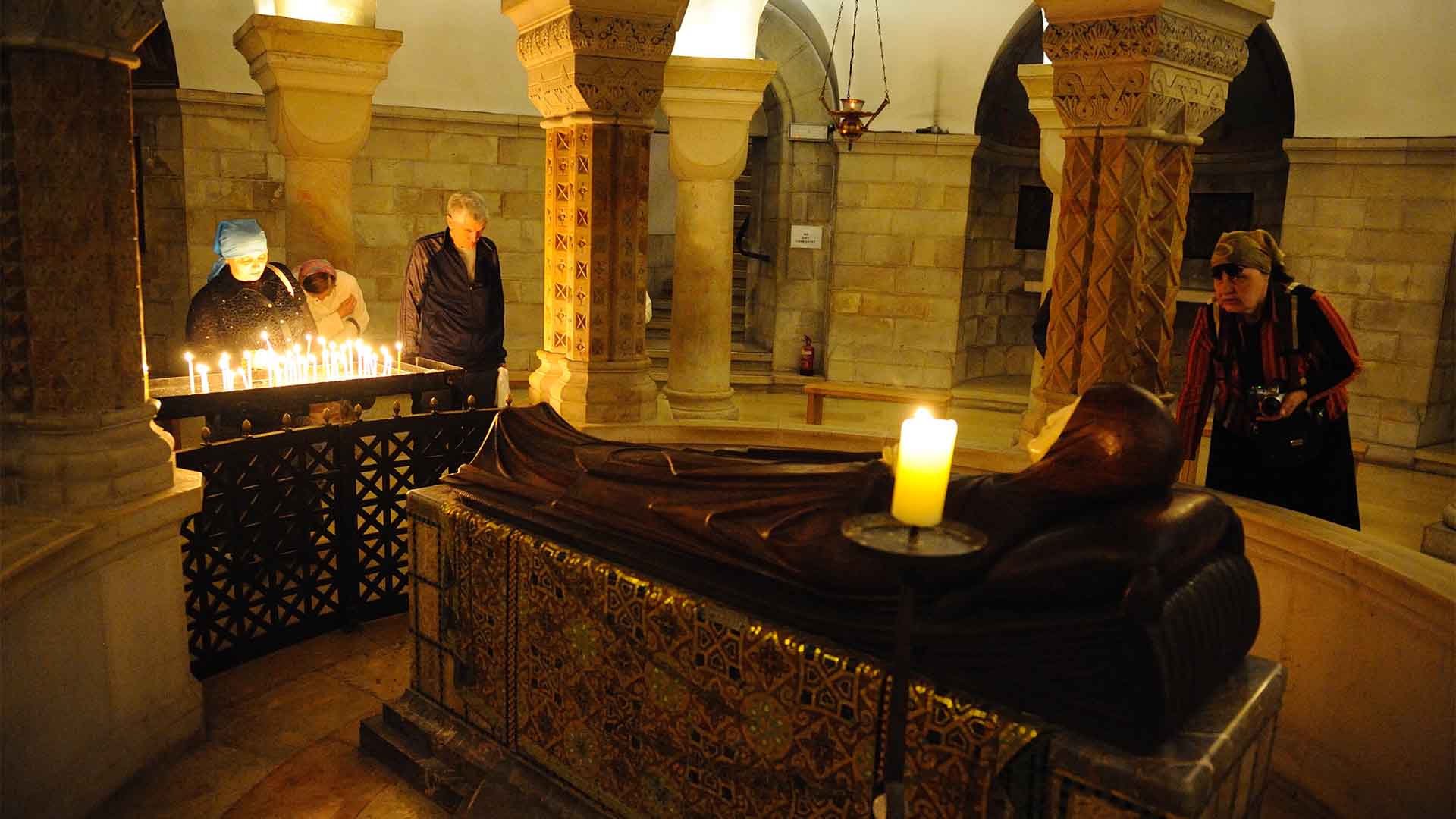
Source: Frédéric Soltan/Corbis via Getty Images
Early Christian pilgrims documented this room as the place where Jesus shared his final meal with his apostles before his crucifixion.
Artistic Depictions Through the Centuries
From the fourth century onwards, artworks have depicted the Cenacle, highlighting its religious significance.
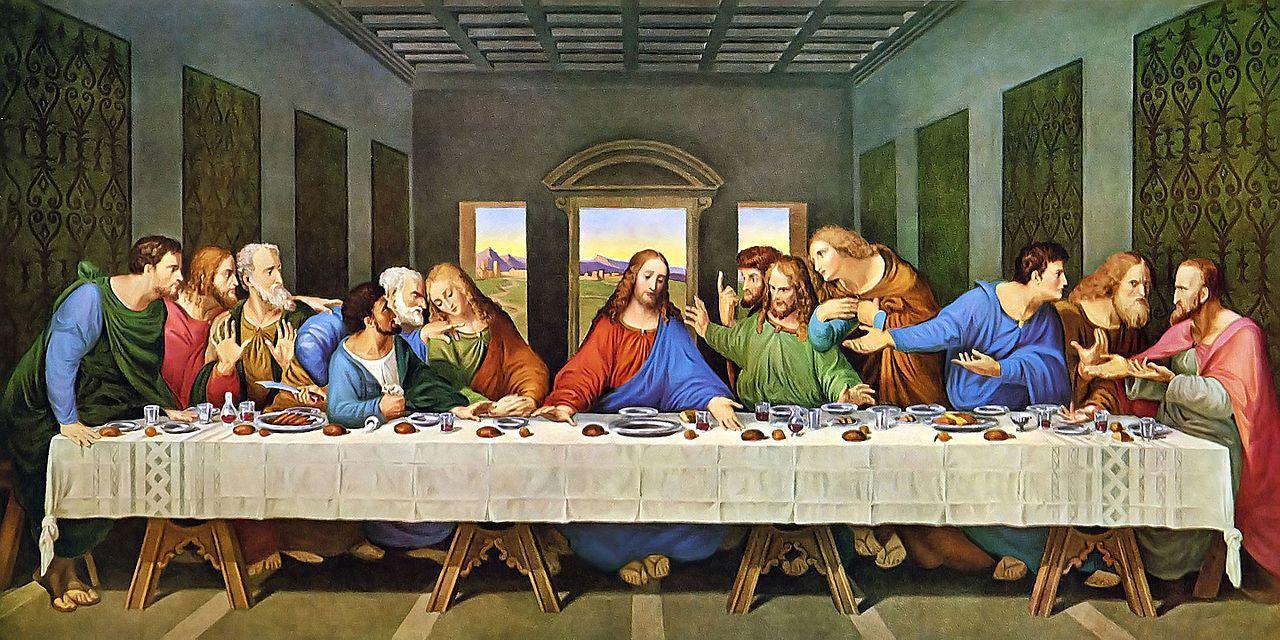
Source: Wikimedia
These artworks, combined with historical records, support the belief that the Upper Room is a key site in Christian history, attracting thousands of visitors each year.
The Biblical Account of the Last Supper
According to the Bible, Jesus sat with his 12 apostles in the Upper Room, predicting his betrayal and imminent death.
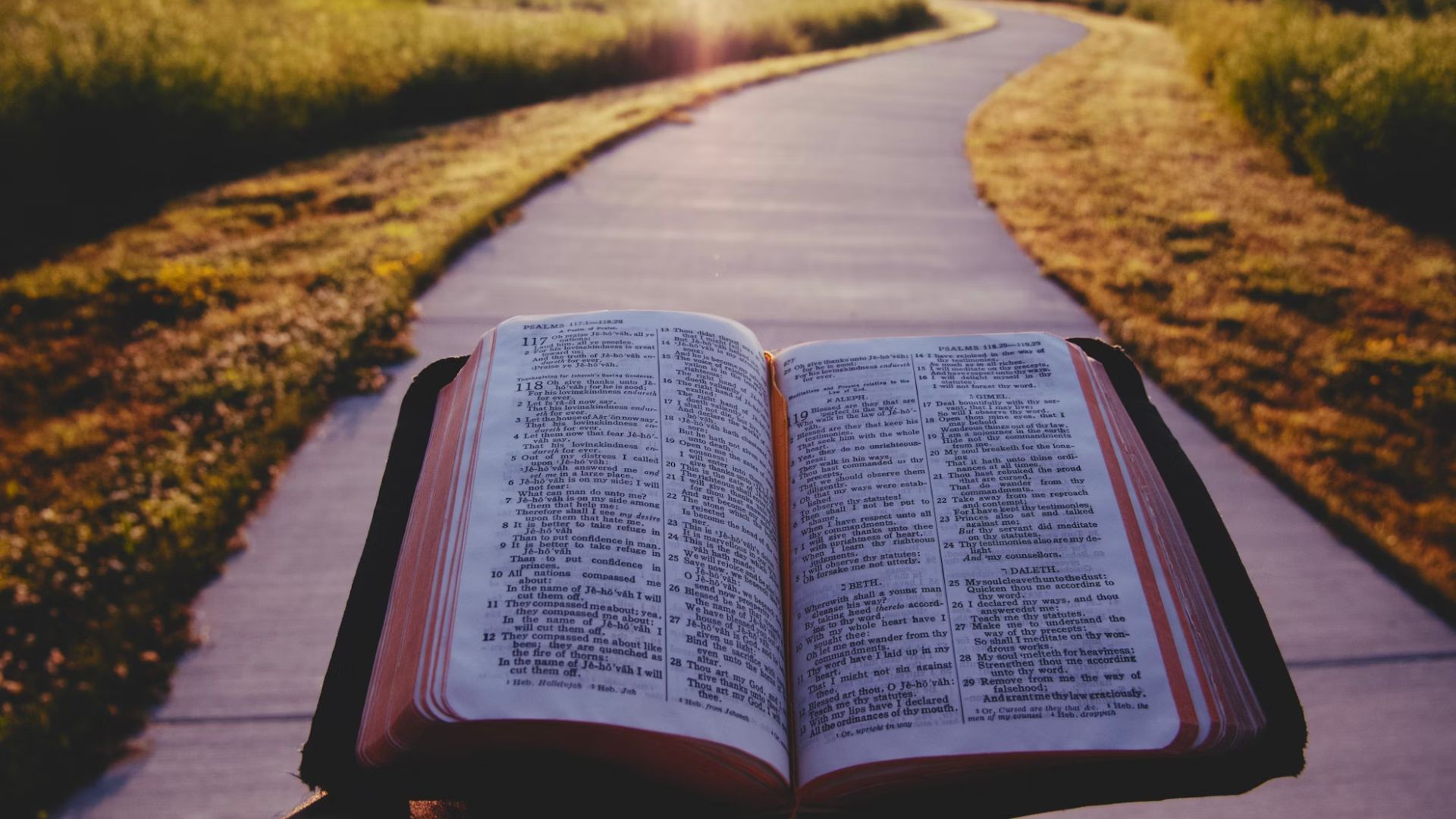
Aaron Burden/Unsplash
He blessed the bread and wine, symbolizing his body and blood, which he said would be broken and shed for the forgiveness of sins.
The Challenges of Archaeological Verification
Despite its historical importance, confirming the Cenacle as the exact site of the Last Supper has been difficult.
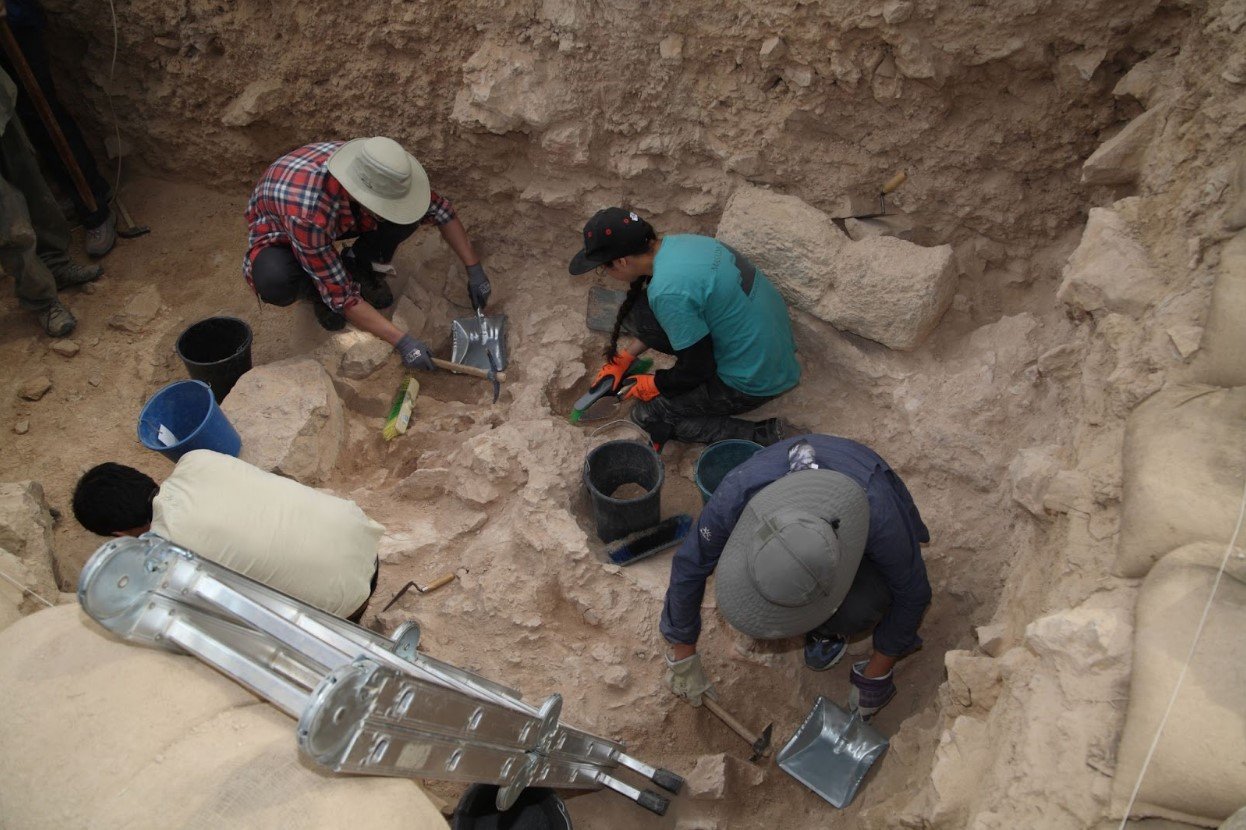
Source: Dan Porges/Getty Images
No archaeological digs have been conducted due to the building’s continuous use and religious significance, leaving researchers to rely on non-invasive methods.
The Fourth-Century Sculpture Debate
In 1585, a sculpture was found showing Jesus standing before Mary Magdalene after his resurrection, with the Cenacle behind them.

Source: Alexander Andreyevich Ivanov/Wikipedia
While some argue it depicts an unknown woman, this sculpture supports the idea that the Cenacle was significant in Jesus’ life and ministry.
Discovering the Madaba Map
In 1884, Greek Orthodox Christians found the Madaba Map in Jordan.
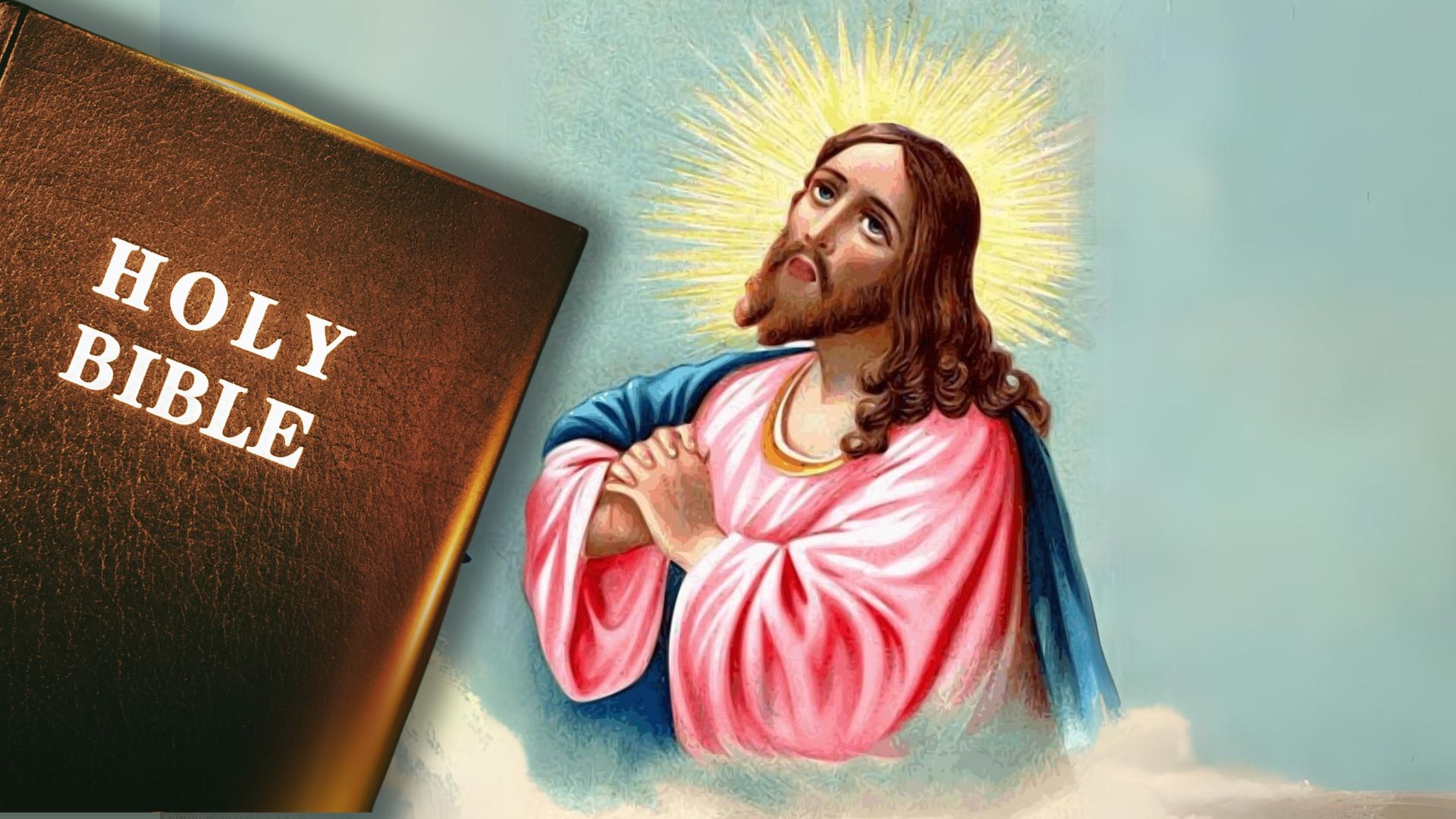
Source: Pixabay
Created in 560 AD, this map depicts the Holy Land and includes a building with a red sloped roof in the same location as the Cenacle, suggesting its historical presence during the time of Jesus.
Supporting Evidence from Italy
A sixth-century drawing found in Italy in 1846 depicts Jesus entering Jerusalem on a donkey with the Cenacle in the background.
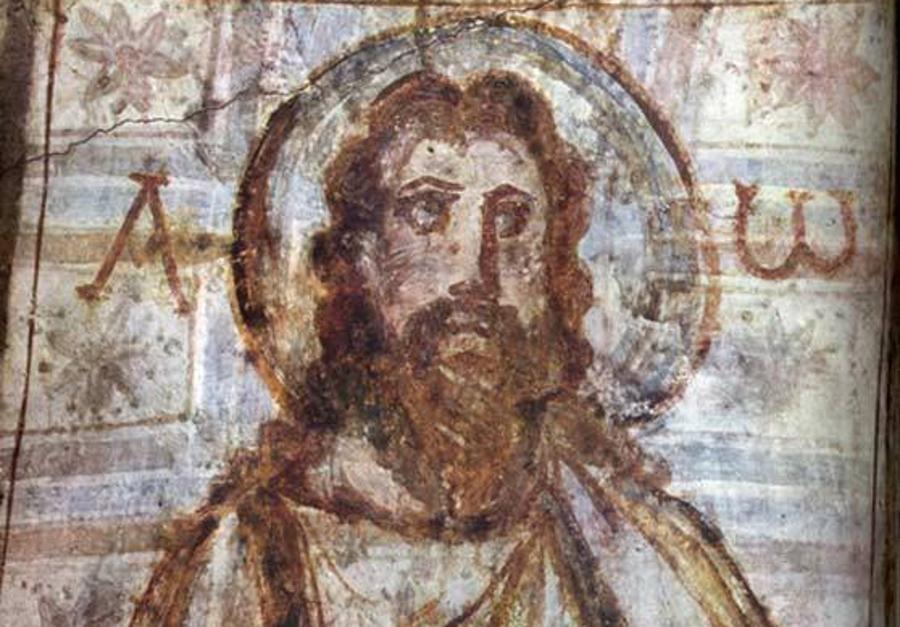
Source: Wikimedia
This image aligns with the biblical story of Jesus entering the city to fulfill the prophecy of Zechariah, further linking the site to the Last Supper.
David Christian Clausen's Revelation
In 2017, David Christian Clausen, a lecturer at the University of North Carolina, noticed that the building on the Madaba Map matched the Cenacle’s description.

Source: Wikimedia Commons
This discovery strengthened the theory that the Upper Room was indeed the site of the Last Supper.
Modern Technology Sheds Light
In 2019, the Israel Antiquities Authority (IAA) used laser technology and advanced imaging to study the Cenacle.
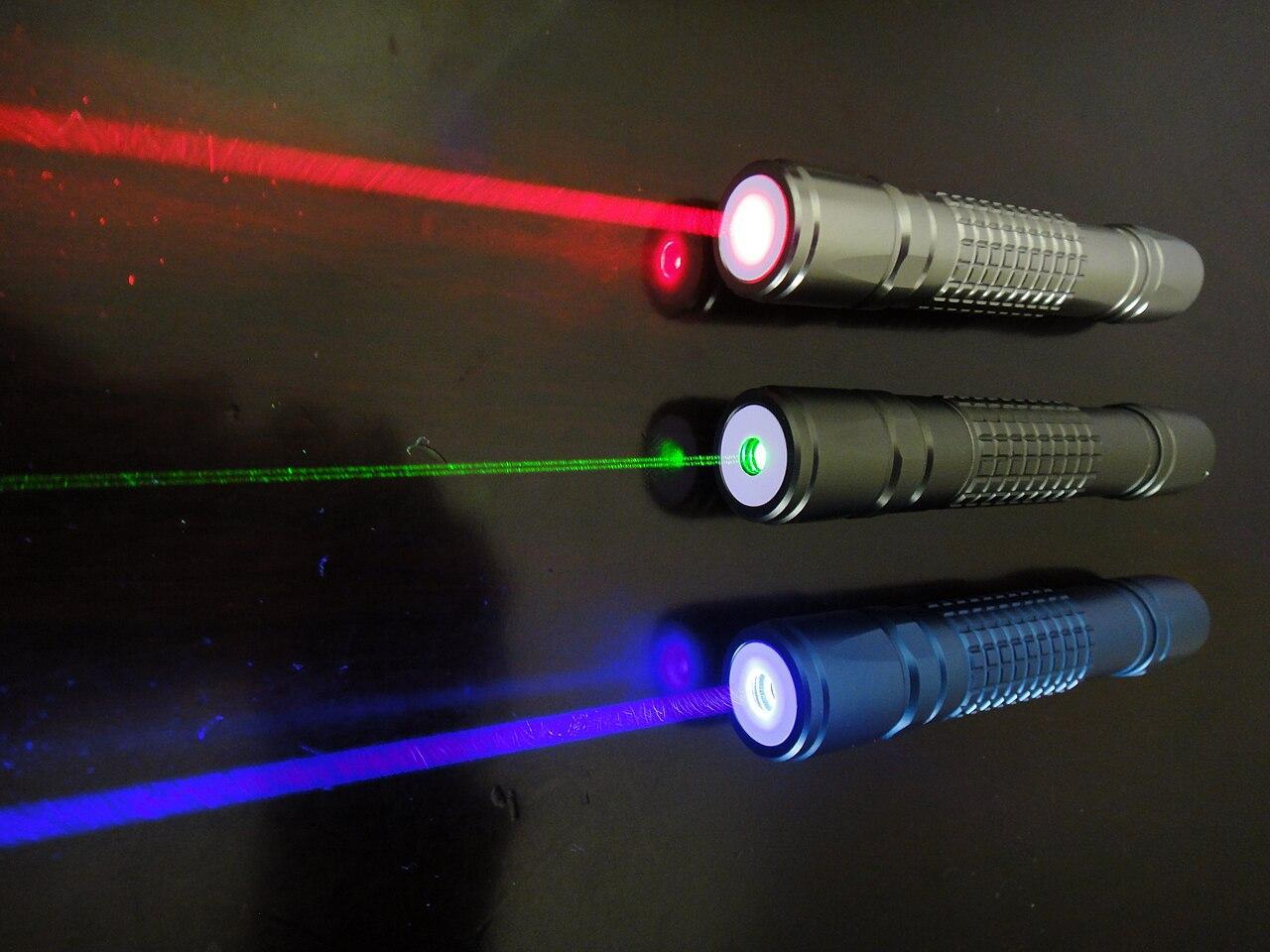
Source: Wikimedia
This revealed original features like the symbols of Agnus Dei and the Lion of Judah, connecting the site to King David and suggesting its biblical importance.
“The Da Vinci Code” Technique
Using sophisticated 3D mapping equipment to unlock the Cencale’s secrets, archaeologists were able to look into the room for the first time.

Source: Sora Shimazaki/Pexels
“I felt like I was in the book by Dan Brown, ‘The Da Vinci Code’,” Amit Re’em, Jerusalem district archaeologist for the Israel Antiquities Authority (IAI), told Fox News. “We needed to decipher the ancient symbols.”
Mapping the Tomb
Re’em explained that the 3D mapping of the Cenacle and King David’s Tomb is part of an ongoing project that started in 2016.

Source: Freepik
“We mapped to reach every corner of this ancient place — we could penetrate the stone and create accurate models of the space,” Re’em said, noting that the team spotted fascinating features within the room.
Dating the Building
The research clarifies long-standing questions about the Cenacle, including its construction date in the 12th, 13th, or 14th century.
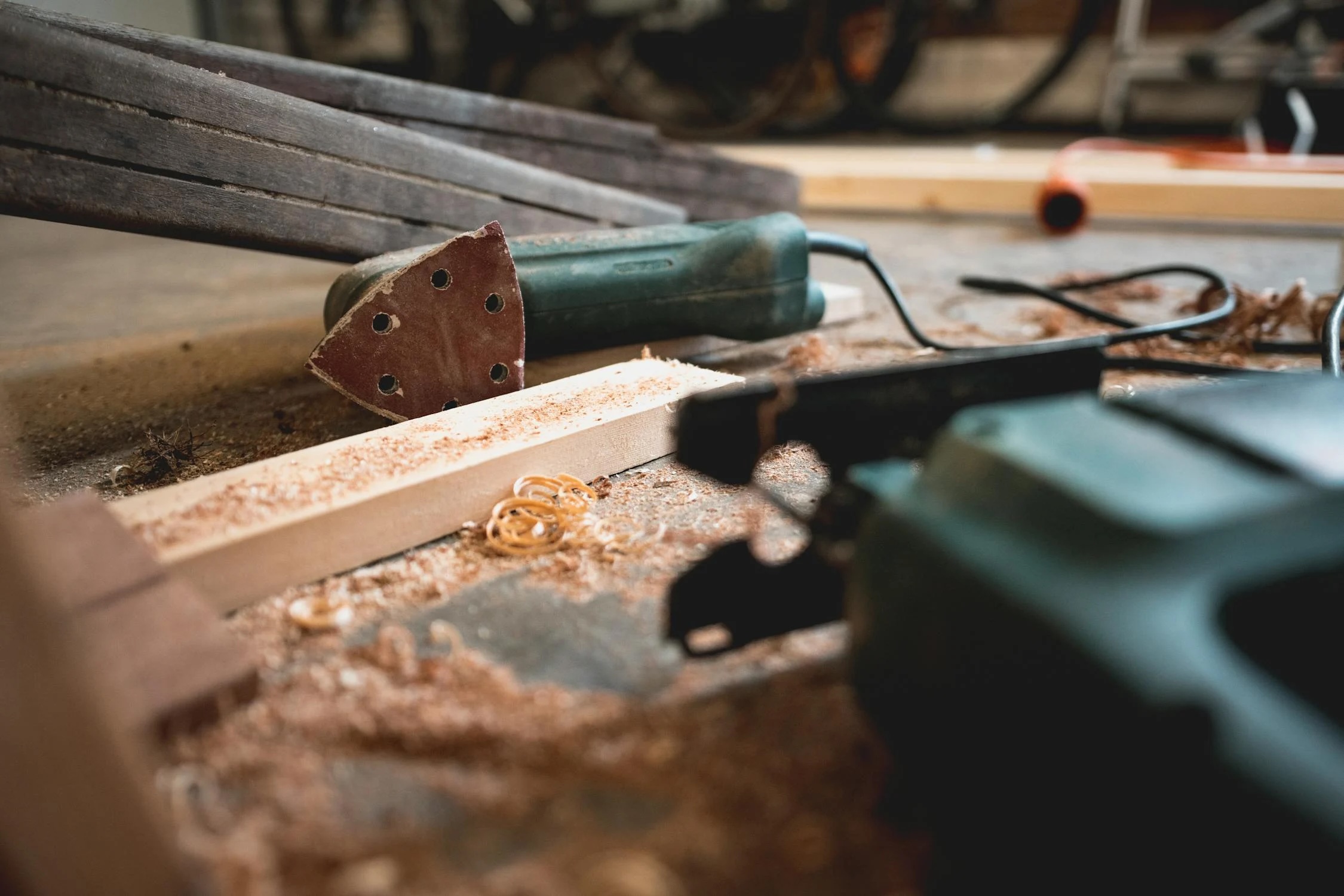
Source: Thijs van der Weide/Pexels
“We believe the building dates back to the latter half of the 12th century A.D., during the Crusader era,” Re’em told Fox News. “This was the second phase of a grand, impressive church built by the Crusaders on Mount Zion.”
Signs of Something Holy
In the center of one of the room’s archways, the scans revealed an “Agnus Dei,” or “Lamb of God” craving, that depicts a man holding a lamb. A craving of a lion symbol is also visible on a keystone.

Source: Jametlene Reskp/Unsplash
“The lion was the symbol of King David,” Re’em explained. “According to the ancient scriptures, Jesus was a descendant of King David.”
Reading the Symbols
Archaeologists believe that Crusaders built their church over an earlier 4th-century Byzantine church, and combined some of the remains into the popular architecture of earlier Christian churches.
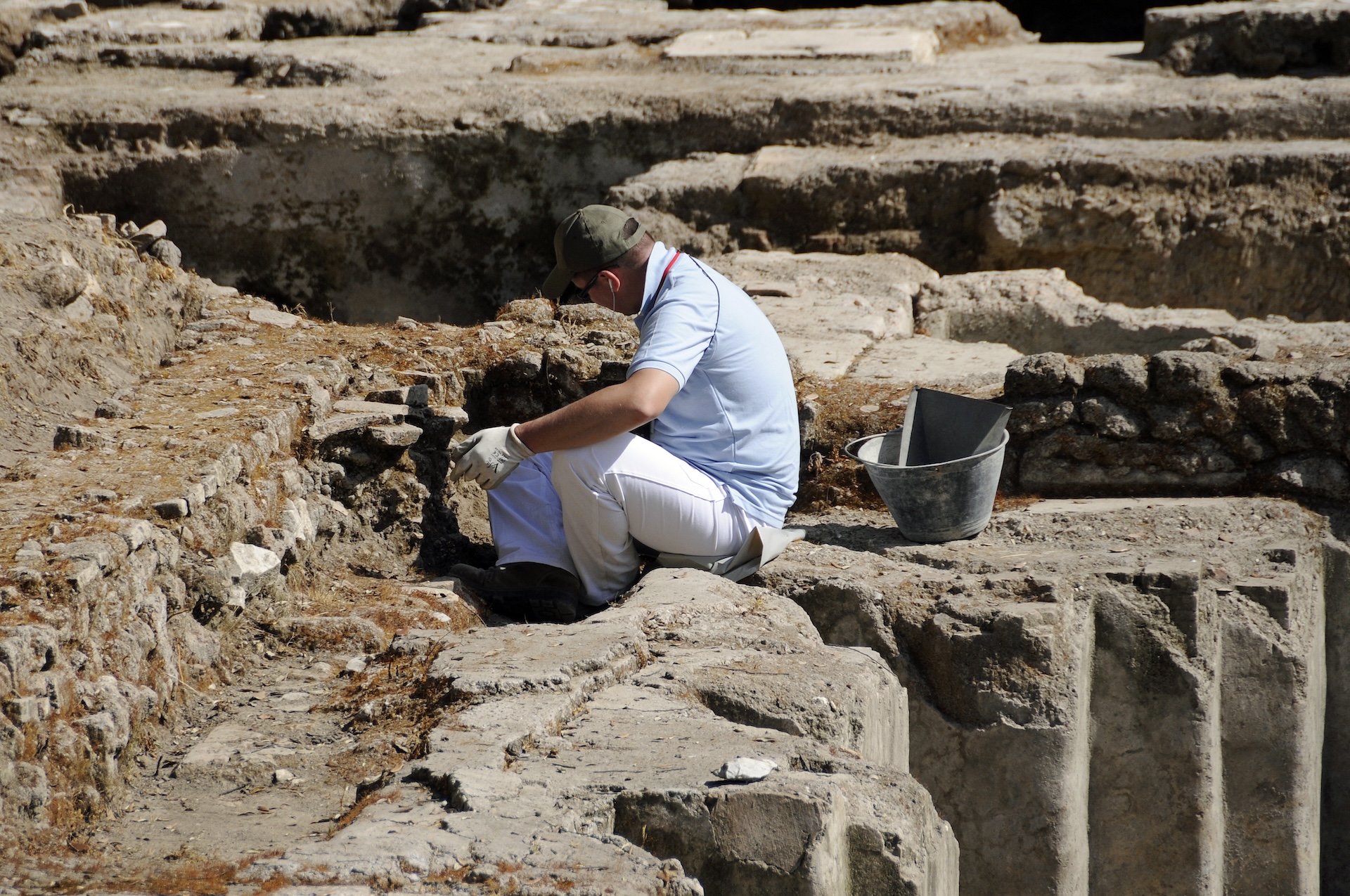
Source: Son of Groucho/Wikimedia Commons
“Originally, all this part of the Crusader church was fully decorated with architectural symbols — as a Christian pilgrim, you didn’t need to speak Latin, you could ‘read’ the symbols,” Re’em said. “This part of the Crusader church was a very unique artistic creation.”
The Significance of the Temple
Re’em, who collaborated closely on the project with Ilya Berkovich, a visiting scholar at INZ, noted that the intricate Gothic architecture emphasizes Jerusalem’s significance and its strong artistic connections with Western Europe.
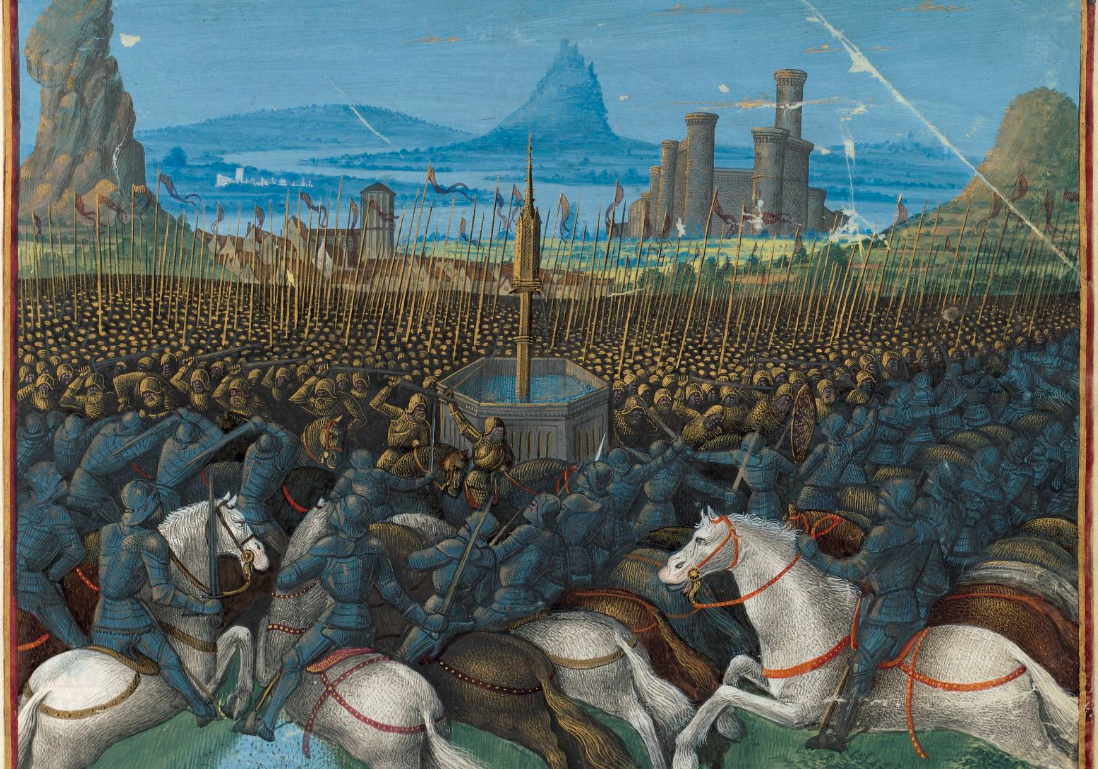
Source: Wikimedia Commons
“During the Crusades, Jerusalem was at the forefront of the medieval world,” he said.
No Definitive Proof
Although there is no definitive archaeological proof identifying the Cenacle as the location of Jesus’ last supper, researchers will persist in their laser scanning of the complex.
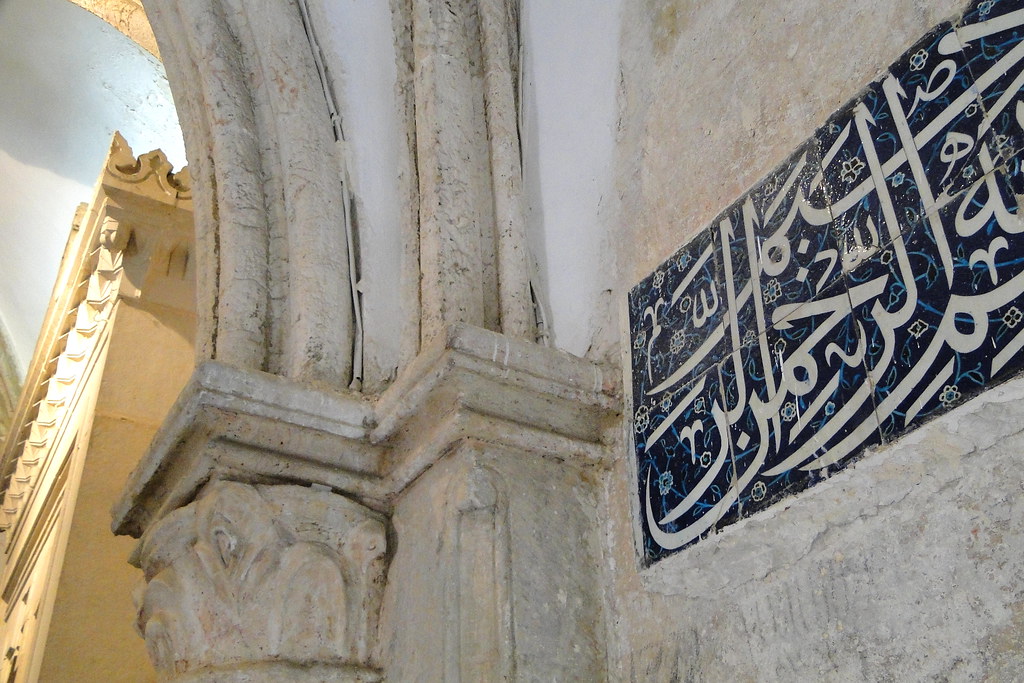
Source: Adam Jones/Pexels
“Whenever we have the chance, we’re continuing to document other areas of the holy complex,” Re’em stated. “I hope that perhaps in the future, we will have the chance to carry out a small-scale classical archaeological investigation.”
A Place of Rest
Medieval tradition largely connects King David’s tomb to Mount Zion, where the Cenacle is situated, but this connection lacks any foundation in Scripture. Additionally, the hill referred to as Mount Zion today may not correspond to the biblical Zion at all.
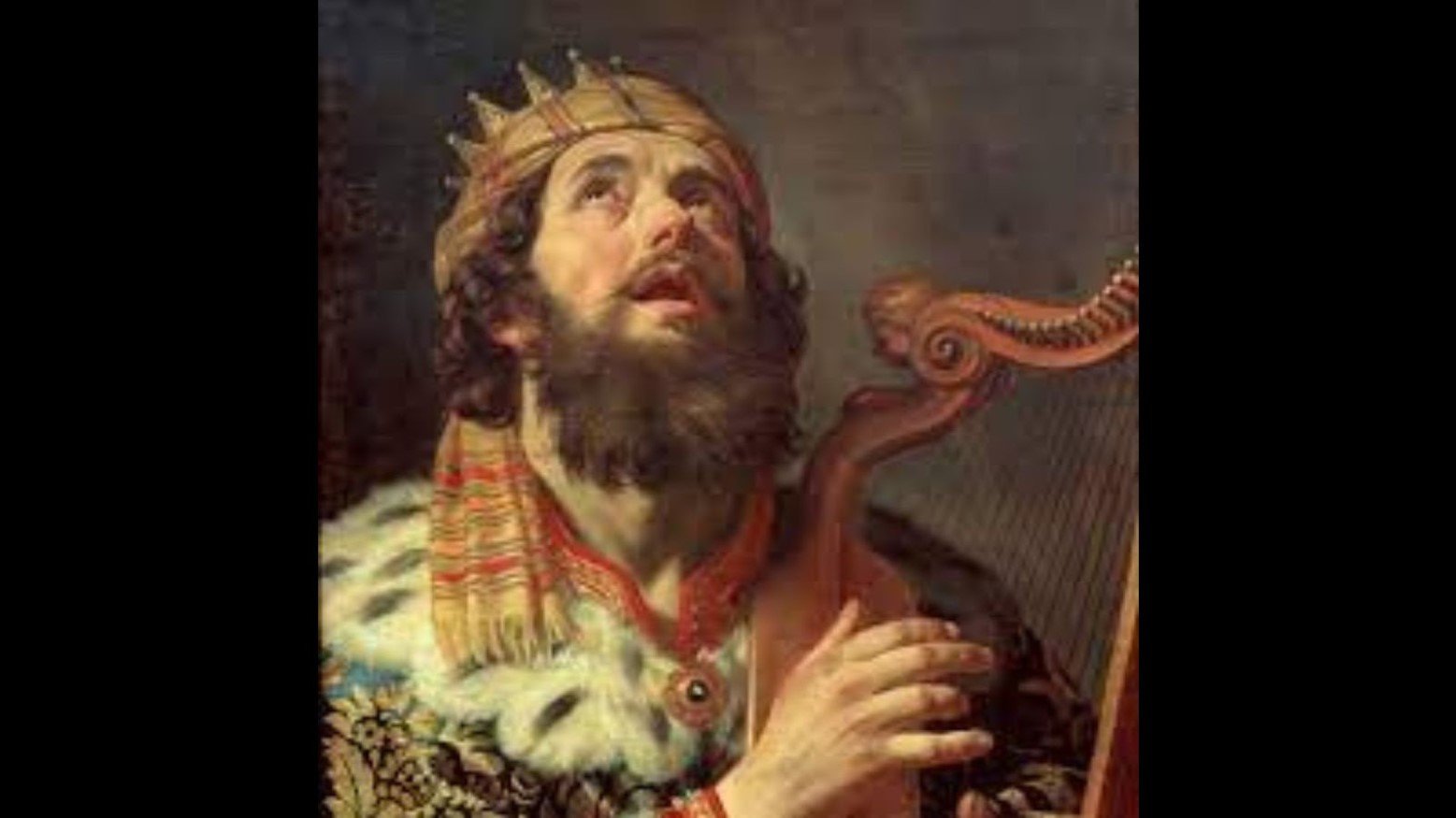
Source: Wikipedia
While we know the locations of Jesus’ burial and resurrection, the site of the Last Supper may remain unknown due to insufficient evidence and historical records.
A Point of Tension
The Cenacle has been a focal point of intense tensions and disputes over ownership, access rights, and religious celebrations. According to an ancient tradition, King David’s tomb is located here.
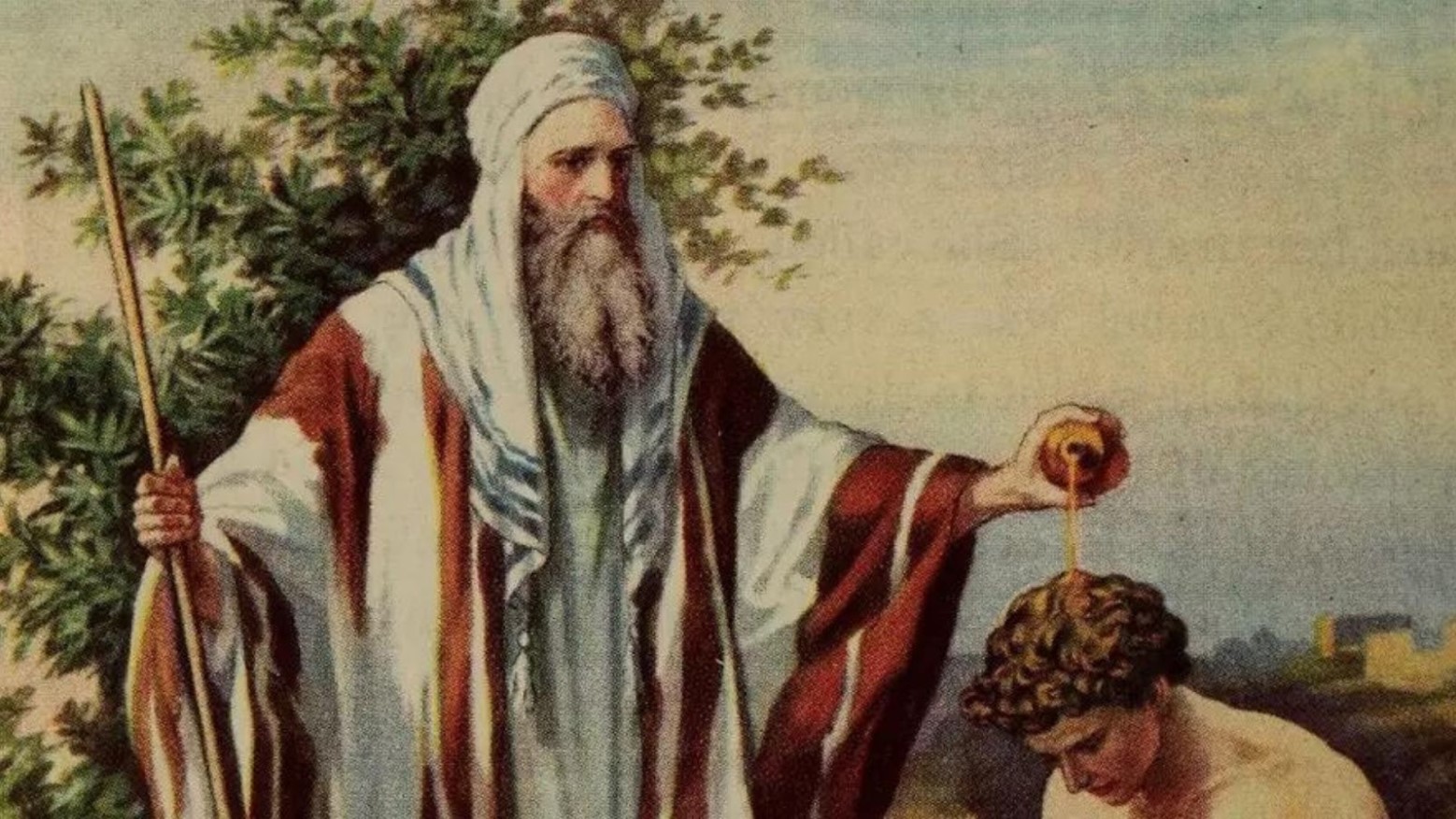
Source: Christianity.com
Over the centuries, both Jewish persons and Muslims have used this claim to first expel the Franciscans and later to block Christian
The HQ of the Holy Land
“The presence of the Franciscans at the Cenacle dates back to 1342, but as early as 1333, the rulers of Naples, Robert of Anjou and Sancha of Majorca, acquired the land and donated it to the friars,” Father Narciso Klimas, historian and archivists of the Custody of the Holy Land, explained to Catholic News Agency.
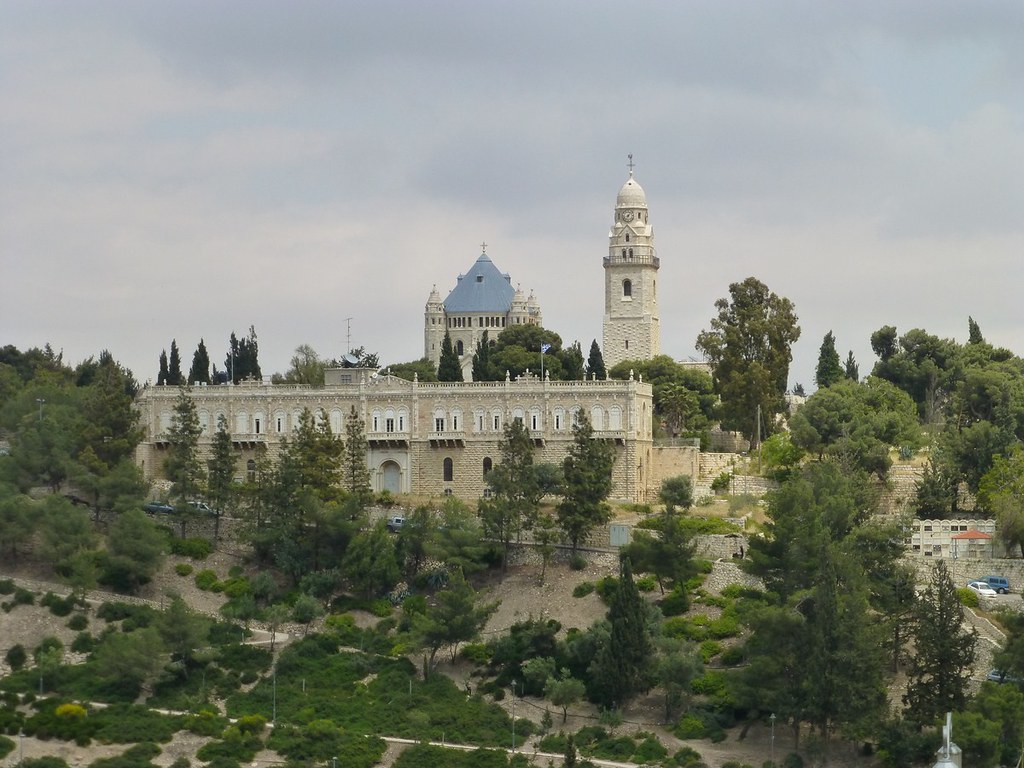
Source: Paul Arps/Flickr
“This was the first headquarters of the Custody of the Holy Land.” To this day, the official title of the Custos of the Holy Land is “Guardian of Mount Zion and the Holy Sepulchre.”
The Rights to the Cenacle
In 1421, a rabbi petitioned the local emirs, asserting the rights of both Muslims and Jewish people to this site because of King David’s tomb. A century later, Klimas noted, “The Ottomans used this claim to gradually expel the Franciscans, culminating in the sultan’s decree in 1551 that ordered their complete removal from Mount Zion.”
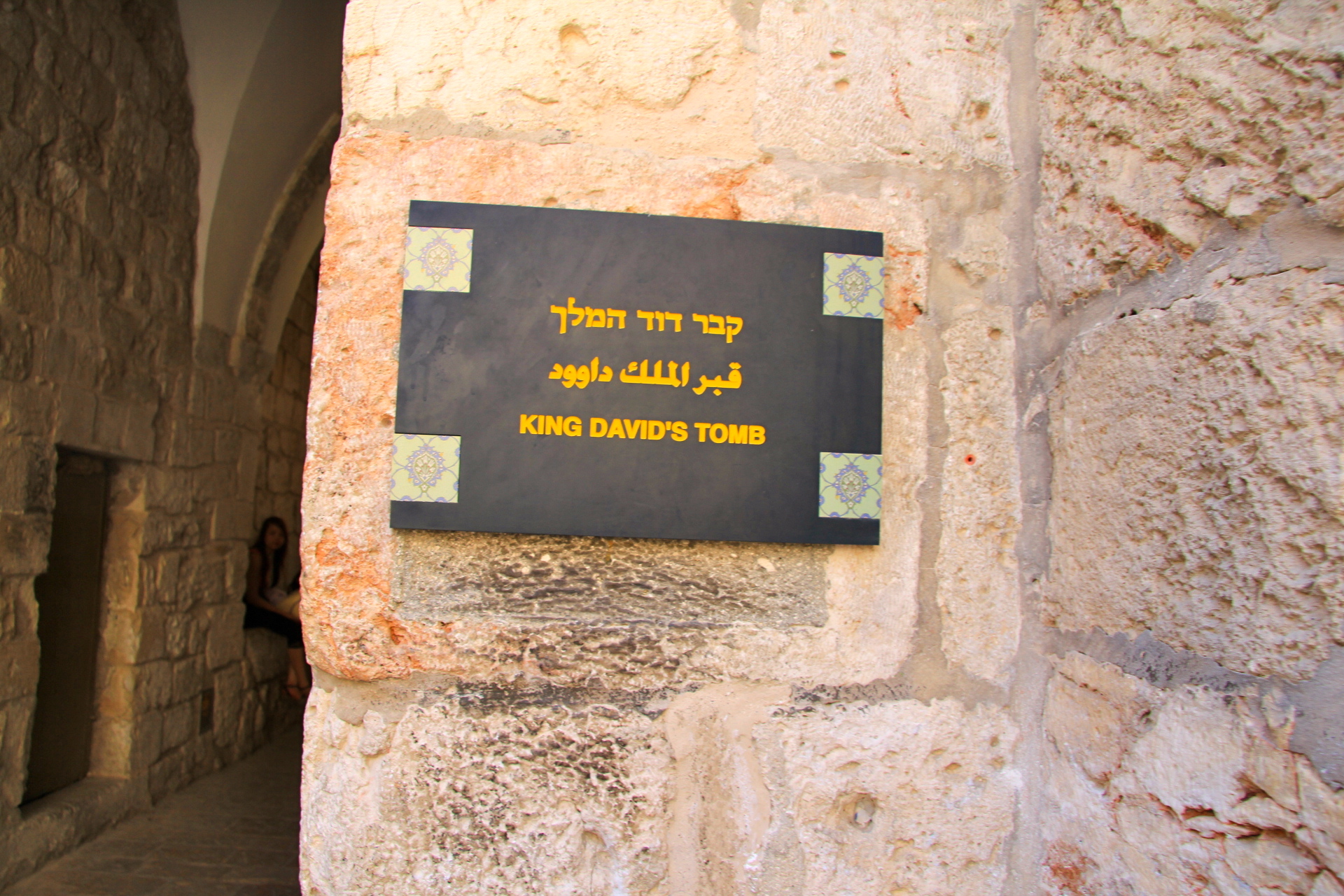
Source: benito roveran/Wikimedia Commons
The Cenacle was first converted into a mosque and later, its lower section also became a synagogue.
The Fight for the Cenacle
“Since then, the Franciscans have never stopped attempting to regain possession of the Cenacle,” Klimas noted.
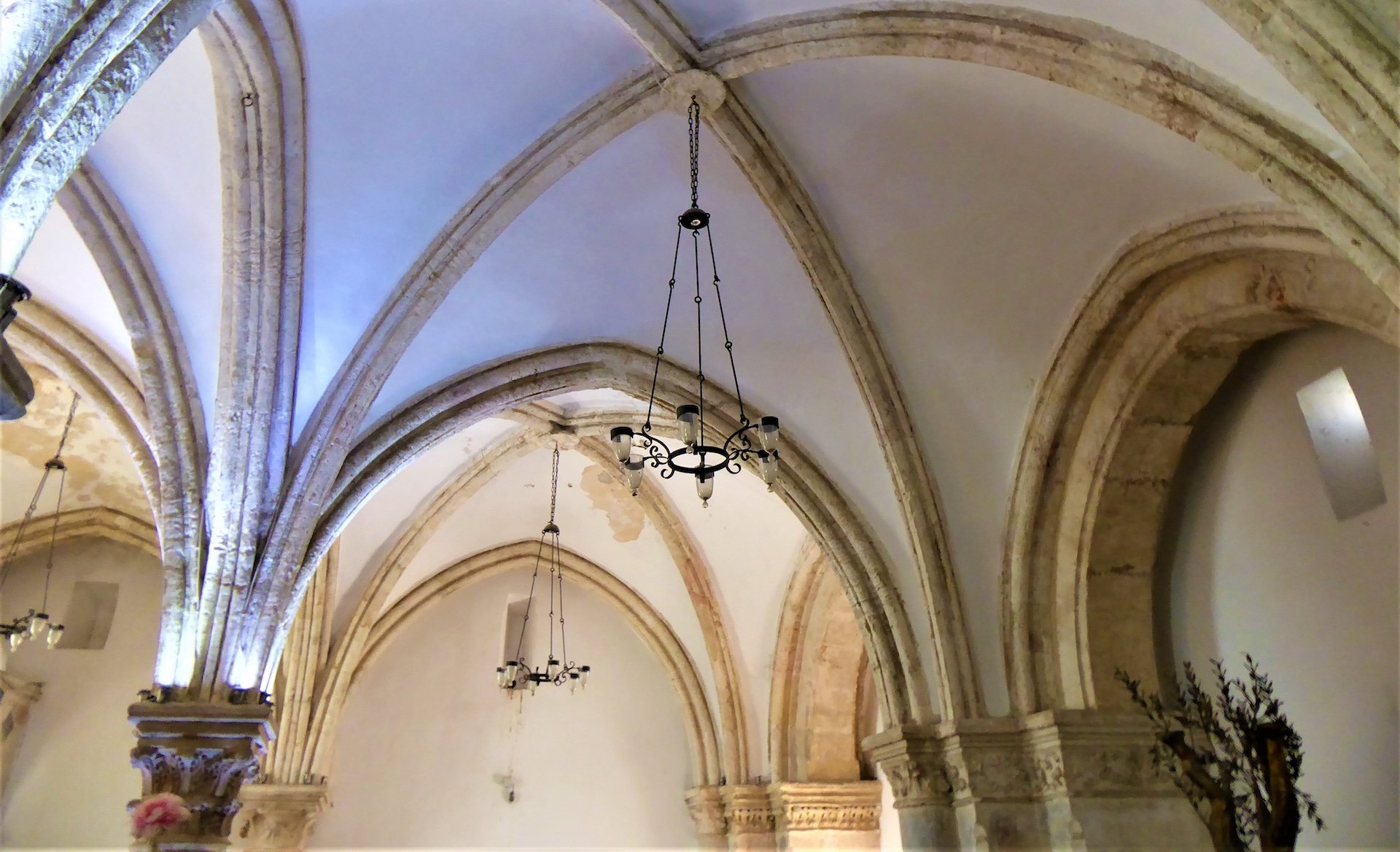
Source: Chris06/Wikimedia Commons
“The friars have always tried to ensure a presence, at least on Holy Thursday and Pentecost, sometimes even with methods that are not exactly orthodox (such as bribing the local guardian).”
Future Prospects for Archaeological Evidence
While more studies are needed to confirm the Cenacle’s role in the Last Supper, the IAA continues to document and study the site.
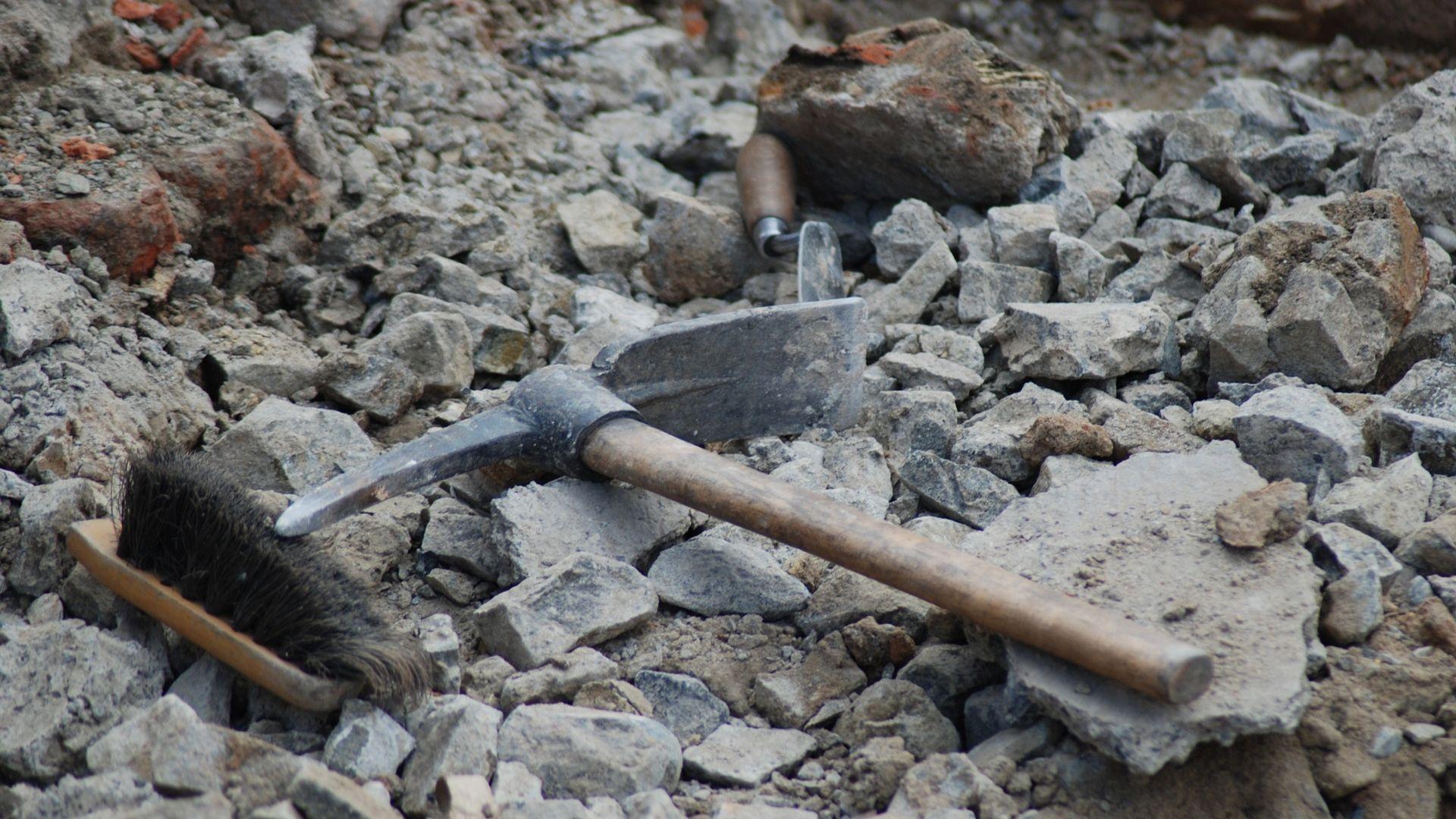
Source: Jumbuk73/Pixabay
Jerusalem district archaeologist Amit Re’em hopes that future opportunities will allow for small-scale archaeological investigations.
The Ongoing Quest for Answers
The search for clues of the exact location of the Last Supper continues.

Source: Freepik
As archaeologists employ new technologies and uncover historical artifacts, each discovery brings us closer to possibly one day understanding the life and legacy of Jesus Christ.
